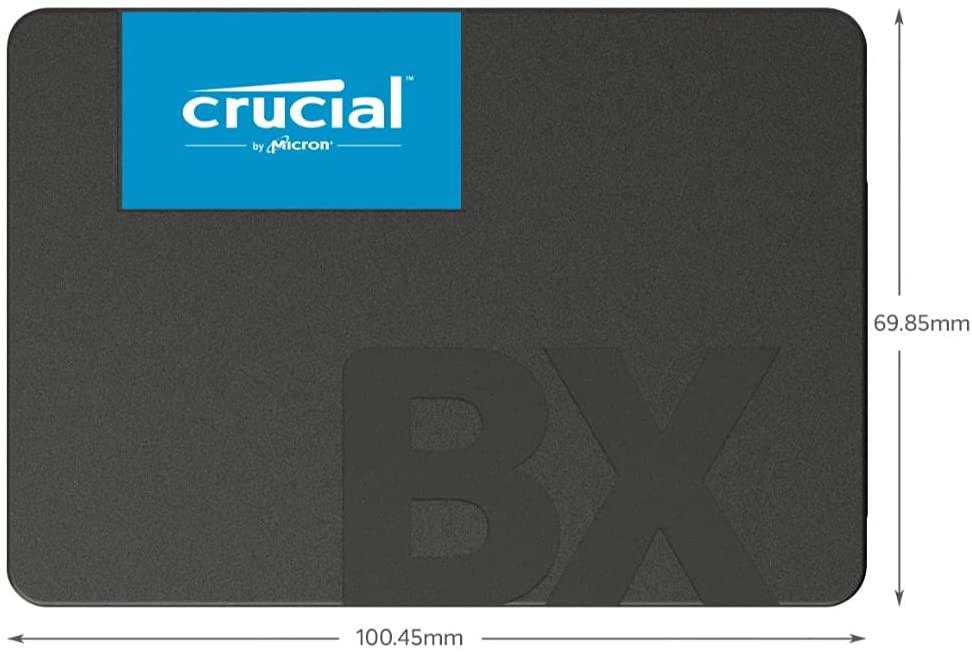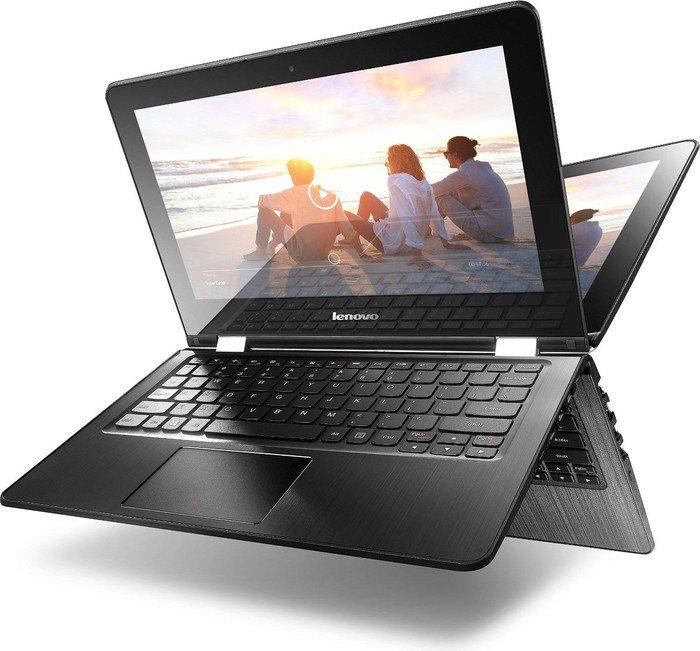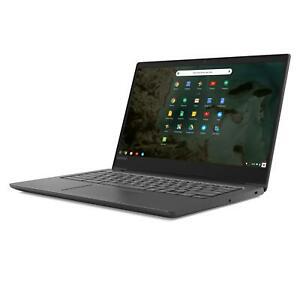The SSD is very good, without a doubt the best options for me along with Samsung. The memory used, 3D NAND, significantly extends its useful life compared to other SSDs that use cheaper memory in their manufacture. Performance-wise, it's amazing , there is nothing more to say. It also currently has a demolition price. I now describe the steps I follow every time I install an SSD. It depends if you only have 1 ssd or if you have ssd + hd, the process may vary (e.g. the temporary ones, then remove them from the ssd if you have a hd, otherwise not).: - Active in AHCI BIOS mode (Sata, no Raid).Insert the Windows CD with the boot order from the reader and start the installation.A space of 100 mg will be created and the rest will be installed where we do the installation.Don't partition the SSD, it suffers too much.- After the installation, we check the correct alignment and trim.For the alignment, you can use the Disk Alignment Test, it's free and weighs nothing.List for Trim Windows cmd, write fsutil behavior query disabledeletenotify, it returns 0. It is correct and we continue.- Disable pagefile.sys, "Control Panel, System, System, Advanced system configuration, advanced options, configuration , options advanced, change ".There you either remove it and leave it at 0, or you remove it and put it on the HD, it depends if you have a lot of RAM - disable defragmentation, write to windows, write defragmenter, it opens and we remove the programming. In addition, we remove it in Services, we write in Windows Services, it opens and we stop and disable "Disk Defragmentation". Have files of this unit.... "He will tell you that you must be an administrator, say yes, he will tell you that not all of them will be able to skip it. This step is the one that takes the longest , so I usually do it at the beginning.We also do the same thing as before in "Services", the option is called "Windows Search", we stop and disable it.- We disable hibernation, on Windows we write cmd, and we press "powercfg -h off", it's ready.- We disable prefetch and superfetch, on Windows we write regedit, then we follow the path HKEY_LOCAL_MACHINE \ SYSTEM \ CurrentControlSet \ Control \ Session Manager \ Memory Management \ PrefetchParameters and in the keys EnableSuperfetch and EnablePrefetcher set the value 0. We also disable Superfetch in services,like in the previous steps.It's called Superfetch.- We disable restore points, "Control Panel, System, System, Advanced te system configuration, system protection, disk c shut down, configure", and we remove them and leave them to zero.- Disable Windows Defender programming, we write to defend Windows, and disable programming (not the program).- Change the Location of temp folder (with ssd + hd), otherwise you can't do it. "Control Panel, System, System, Advanced System Configuration, Advanced Options, Environment Variables, in the above field (User) change TEMP and TMP and assign your preferred directory on disk, for example D : \ TEMPORALES, and do the same with TEMP and TMP from the box below (System) .- All ads downloaders, not in SSD ,, (with SSD + HD) Example: Torrent, Firefox, etc. - We check SSD speeds, they must be similar like those described, be careful if you abuse Crystalmark type programs, a Windows installation can be around 60 GB (with all the usual programs) if you're already sure of the speed. At an average of 250 mg / sg between small and large files, consider how much you write in 1 minute.- If the SSD has its own software, put magician in the case from Samsung, use it and create You the padding, this youIt takes up space in the SSD, but it prolongs the lifespan considerably.- Don't trust when Crystalinfo says you have AHCI and NCQ enabled, check AHCI in the BIOS, if so then you have both , I say because I've had surprises. I've tried to make it as clear as possible that everyone uses this script at their own risk, it suits me fine with it, and I was just trying to help.






